Home>Ideas and Tips>Home Wine Cellar Cooling System Selection for Temperature Control
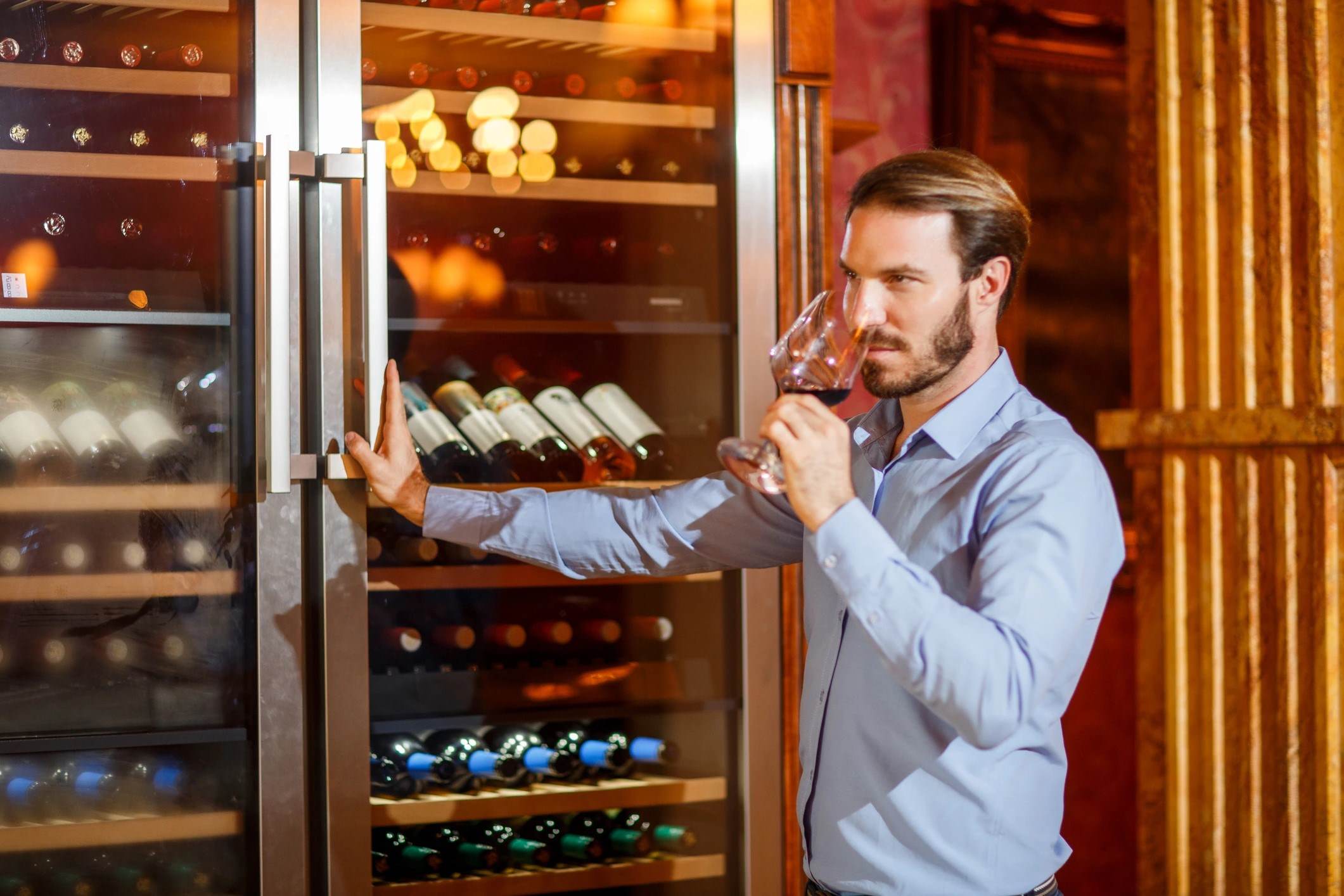

Ideas and Tips
Home Wine Cellar Cooling System Selection for Temperature Control
Published: September 25, 2024
Discover how to select the perfect home wine cellar cooling system for optimal temperature control, ensuring your wine ages gracefully and retains its flavor.
(Many of the links in this article redirect to a specific reviewed product. Your purchase of these products through affiliate links helps to generate commission for Storables.com, at no extra cost. Learn more)
Creating a home wine cellar is a dream for many wine enthusiasts. Not only does it provide a dedicated space for storing and aging wine, but it also adds a touch of elegance and sophistication to any home. However, maintaining the ideal conditions for wine storage is crucial, and this is where a wine cellar cooling system comes into play. In this article, we will delve into the world of wine cellar cooling systems, exploring the different types, their features, and how to select the perfect system for your home wine cellar.
Why Do You Need a Wine Cellar Cooling System?
Wine is a delicate beverage that requires specific conditions to age properly. The ideal temperature range for storing wine is between 45°F and 65°F (7°C and 18°C), with humidity levels typically between 50% and 70% relative humidity (RH). These conditions help prevent the corks from drying out, which can lead to oxidation and spoilage of the wine. Excessive heat can cause wine to age more quickly than desired, while fluctuating temperatures can damage the wine's flavor and aroma.
Read more: Wine Cellar How To Build
The Importance of Temperature Control
Temperature control is critical in a wine cellar because it directly affects the aging process of the wine. Wines stored in environments with temperatures that are too high or too low can develop off-flavors or become over-oxidized. For example, temperatures above 80°F (27°C) can cause significant damage to the wine, leading to rapid aging and potential spoilage.
The Role of Humidity
Humidity is equally important as temperature when it comes to wine storage. The ideal humidity level for a wine cellar is between 50% and 70% RH. This range helps maintain the moisture inside the wine bottle, preventing it from evaporating into the cork and causing it to dry out. High humidity levels can lead to mold and fungal growth, while low humidity can cause corks to shrink, allowing air to enter the bottle and spoil the wine.
Types of Wine Cellar Cooling Systems
When selecting a wine cellar cooling system, you have several options to consider. Each type of system has its own advantages and is suited for different types of wine cellars.
1. Self-Contained Cooling Systems
Self-contained cooling systems are the most common type of wine cellar cooling unit. These units are designed to be fully functional without the need for additional components or installations. They typically consist of an evaporator coil, a condenser coil, and a compressor, all housed in a single unit.
Features:
- Electronic Control Panels: Many self-contained units come with electronic control panels featuring LED displays, making it easy to monitor and adjust the temperature.
- Temperature Range: These units can maintain temperatures between 50°F and 65°F (10°C and 18°C).
- Humidity Control: Some models include built-in humidifiers to maintain optimal humidity levels.
- Installation: Self-contained units are relatively easy to install and do not require an HVAC technician, making them a popular choice for home wine cellars.
Example:
The Vinotemp self-contained cooling system is a popular choice for home wine cellars. It features electronic control panels with LED displays, maintains a subtle temperature range of 50-65°F (10-18°C), and includes standard rear exhaust with the option to upgrade to top exhaust.
Read more: How To Organize A Wine Cellar
2. Split Cooling Systems
Split cooling systems are designed for larger wine cellars and offer more flexibility in terms of installation. These systems consist of two main parts: the evaporator unit, which is installed inside the wine cellar, and the condenser unit, which is typically installed outside.
Features:
- Air Distribution: Split systems provide outstanding air distribution and temperature control, making them ideal for larger wine cellars.
- Quiet Operation: These units are extremely quiet and virtually vibration-free, making them suitable for quiet locations.
- Flexibility: The condenser unit can be installed in various locations, such as on the roof or outside a wall, providing flexibility in system design.
- Additional Features: Some models come with optional low ambient kits, temperature control panels with heating functions, wine bottle probes, and digital controllers.
Example:
The Wine-Mate split cooling system is designed for larger wine cellars. It offers sleek designs that keep the unit relatively hidden inside the wine cellar or cabinet. This system can be ceiling mounted, rack mounted, or floor mounted and maintains the ideal environment for long-term wine storage.
3. Ducted Cooling Systems
Ducted cooling systems are highly versatile and offer flexibility in installation. These systems consist of a central unit that can be installed in various locations, with ducts that distribute cooled air throughout the wine cellar.
Features:
- Flexibility: Ducted systems allow for easy installation and maintenance while providing optimal temperature and humidity control.
- Coverage Size: Some ducted units have coverage sizes up to 3300 cubic feet, making them suitable for large wine cellars.
- Additional Features: These units often come with optional low ambient kits, temperature control panels with heating functions, wine bottle probes, and digital controllers.
Example:
The Wine Guardian ducted cooling system is a popular choice for both commercial and residential wine storage options. It offers a sleek design that keeps the unit relatively hidden and allows for flexibility in installation.
Additional Accessories for Wine Cellar Cooling Systems
In addition to the main cooling unit, there are several accessories that can enhance the functionality and effectiveness of your wine cellar cooling system.
Humidifiers
Humidifiers are essential for maintaining optimal humidity levels in your wine cellar. They can be integrated into the cooling system or used as standalone units.
Features:
- Integrated Humidifiers: Some cooling units come with built-in humidifiers that can be controlled through the main control panel.
- External Humidifiers: Standalone humidifiers can be used with any wine cellar air conditioning system, providing additional control over humidity levels.
Example:
The Thenow wine cellar cooling unit comes with a built-in humidifier that maintains optimal humidity levels between 50% and 70% RH. This feature ensures that the collection area remains perfect for storing wine.
Drain Line Placement
The placement of the drain line is crucial for maintaining the efficiency and effectiveness of your cooling system. The drain line should be placed in a location that allows for easy access and maintenance.
Features:
- Flexible Placement: The drain line can be placed in various locations, such as at the back or bottom of the cooling unit.
- Easy Maintenance: Proper placement ensures that the drain line is accessible for regular maintenance, preventing clogs and other issues.
Temperature Control Types
Temperature control types vary depending on the system and its features. Here are some common types:
Digital Thermostat:
A digital thermostat provides precise temperature control and can be programmed to maintain a set temperature range.
Remote Control Thermostat:
A remote control thermostat allows you to monitor and adjust the temperature from a distance, often using a smartphone app.
Bottle Probes:
Bottle probes measure the temperature directly within the wine bottles, ensuring that each bottle is stored at the optimal temperature.
Wireless/Remote Sensors:
Wireless or remote sensors can be placed throughout the cellar to monitor temperature and humidity levels in real-time.
Phone Apps:
Many modern cooling systems come with phone apps that allow you to monitor and control the temperature remotely.
Temperature Differential:
Some systems include temperature differential settings, which ensure that the temperature remains consistent within a set range.
Application Types
Wine cooling systems are designed for different application types, including residential and commercial use.
Residential Use
Residential wine cooling systems are designed for home wine cellars. They are typically smaller in size and more affordable compared to commercial units.
Features:
- Compact Design: Residential units are designed to be compact and discreet, fitting seamlessly into home environments.
- Easy Installation: These units are often easier to install and require minimal technical expertise.
- Affordability: Residential units are generally more affordable than commercial units, making them accessible to home wine enthusiasts.
Read more: How To Select A Home Surveillance System
Commercial Use
Commercial wine cooling systems are designed for restaurants, bars, and other businesses that require large-scale wine storage solutions.
Features:
- Large Capacity: Commercial units have larger capacities to handle the storage needs of businesses.
- Durability: These units are built to withstand heavy use and maintain optimal conditions over extended periods.
- Advanced Features: Commercial units often come with advanced features such as programmable settings, remote monitoring, and alarm capabilities.
Purpose of Wine Cellar Cooling Systems
Wine cellar cooling systems serve several purposes, each designed to create an ideal environment for wine storage and aging.
Cellar for Collector
For wine collectors, the primary purpose of a cooling system is to maintain optimal storage conditions. This ensures that each bottle ages gracefully and develops its intended flavors and aromas.
Cellar for Visual Impact
Some wine cellars are designed for visual impact, showcasing the collection in a beautifully designed space. In these cases, the cooling system must be both functional and aesthetically pleasing.
Read more: How To Build A Wine Cellar In Basement
Cellar for Restaurant/Serving Wine
In restaurants or bars, the cooling system must not only maintain optimal storage conditions but also provide quick access to chilled wine when needed. This requires a system that can rapidly cool the wine to serving temperature.
Cellar for Aging
The primary purpose of a wine cellar cooling system is to create an environment conducive to aging. This involves maintaining consistent temperatures and humidity levels over extended periods.
Storage Space Types
Wine cooling systems are designed for different types of storage spaces, including wine cellars, walk-in rooms, and wine cabinets or refrigerators.
Wine Cellar
A traditional wine cellar is a dedicated space designed specifically for storing wine. These cellars can be built into basements or other areas of the home.
Read more: How To Store Wine Without A Cellar
Walk-in Room
Walk-in rooms are larger spaces designed to store multiple bottles of wine. These rooms often require more advanced cooling systems to maintain optimal conditions.
Wine Cabinet/Refrigerator
Wine cabinets or refrigerators are compact units designed to store smaller collections of wine. These units are often used in kitchens or other areas where space is limited.
Mounting Types
Wine cooling systems can be mounted in various ways to suit different wine cellar designs.
Ceiling (Recessed)
Ceiling-mounted units are recessed into the ceiling, providing a sleek and discreet appearance.
Ceiling (Surface Mount)
Surface-mounted units are installed directly on the ceiling, offering easy access for maintenance.
Wall Mount
Wall-mounted units are attached to the wall, often used in smaller wine cellars or cabinets.
Through-the-Wall
Through-the-wall units are installed through the wall of the wine cellar, with the condenser unit on the outside and the evaporator unit on the inside.
On the Floor
Floor-mounted units are placed on the floor, often used in walk-in rooms or larger wine cellars.
Vertical/Horizontal
Vertical and horizontal mounting options provide flexibility in system design, allowing the unit to be positioned according to the specific needs of the wine cellar.
Fan/Coil Unit
The fan/coil unit is a critical component of any wine cellar cooling system. It consists of fans and coils designed to cool the air efficiently.
Dimensions (Width, Height, Depth)
The dimensions of the fan/coil unit vary depending on the specific model and manufacturer. It is essential to choose a unit that fits within your wine cellar space while providing adequate cooling capacity.
Cooling Power (BTUs – British Thermal Units)
The cooling power of a fan/coil unit is measured in British Thermal Units (BTUs). Higher BTU ratings indicate greater cooling capacity, making them suitable for larger wine cellars.
Fan Type (Multi-Directional, High Angle, Adjustable)
Different fan types offer varying levels of air distribution and cooling efficiency. Multi-directional fans provide comprehensive air circulation, while high-angle fans direct airflow towards specific areas of the cellar.
Condenser Unit
The condenser unit plays a crucial role in transferring heat into a refrigerant by pressurizing gas into a liquid.
Dimensions (Width, Height, Depth)
The dimensions of the condenser unit also vary depending on the model and manufacturer. It should be placed in an area that allows for easy access and maintenance.
Coil Coating
Coil coating helps protect the condenser coils from corrosion and ensures efficient heat transfer.
Vibration Level
Low vibration levels are essential for maintaining optimal performance and reducing noise levels.
Noise Level
Some condenser units are designed to operate quietly, making them suitable for residential use where noise levels are a concern.
Condenser Heat Exchange Type
The type of heat exchange used in the condenser unit affects its efficiency and performance.
Water/Air Heat Exchange
Water or air heat exchange types manage condensate removal differently. Water-based systems use water to dissipate heat, while air-based systems use air for heat exchange.
Conclusion
Selecting the right wine cellar cooling system is crucial for maintaining optimal conditions for your wine collection. By understanding the different types of systems available—self-contained, split, and ducted—and their features, you can choose a system that meets your specific needs. Additionally, considering accessories like humidifiers and proper drain line placement can enhance the functionality of your system. Whether you are a home wine enthusiast or a commercial operator, investing in a high-quality wine cellar cooling system will ensure that your wine ages gracefully and develops its intended flavors and aromas.
Was this page helpful?
At Storables.com, we guarantee accurate and reliable information. Our content, validated by Expert Board Contributors, is crafted following stringent Editorial Policies. We're committed to providing you with well-researched, expert-backed insights for all your informational needs.
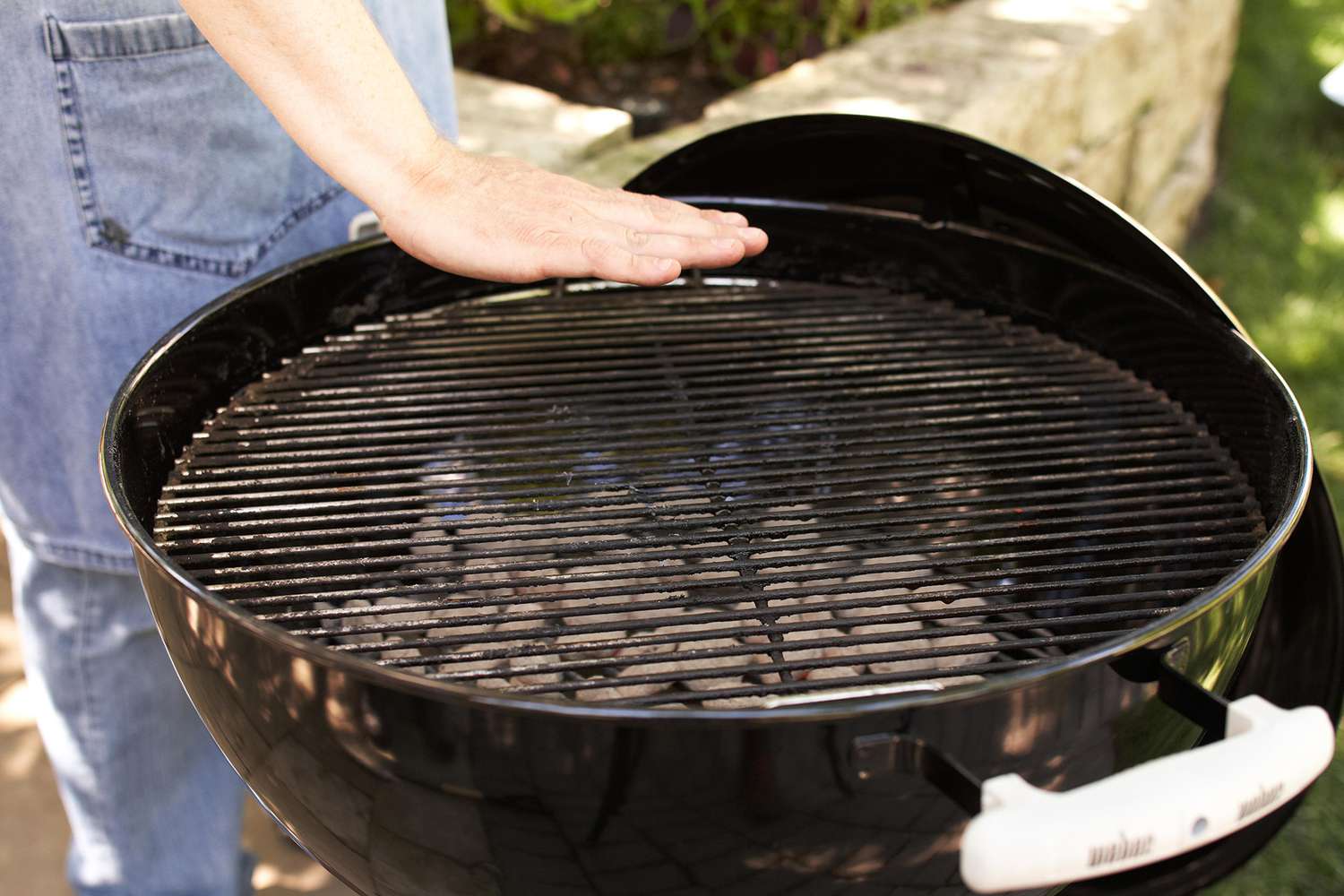
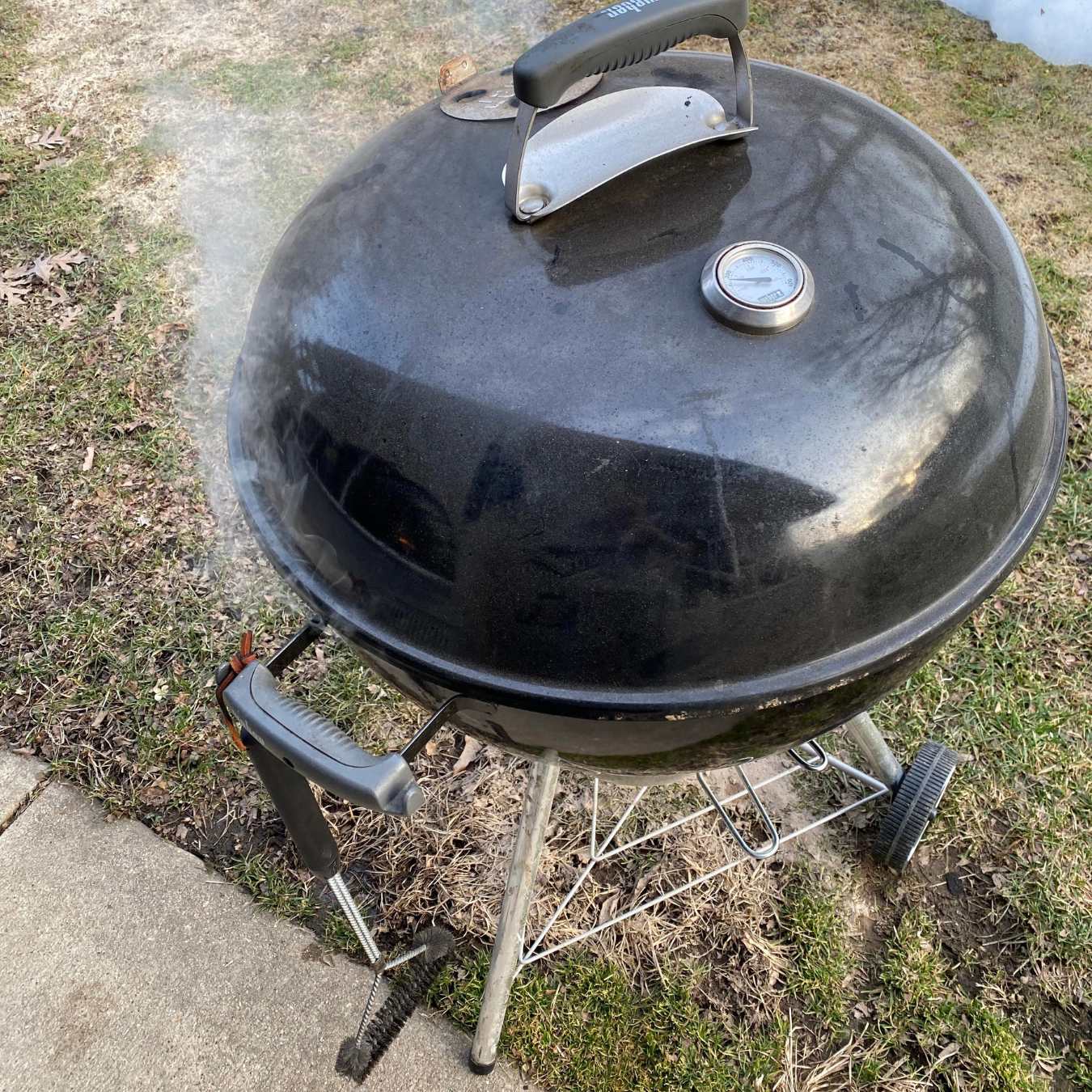
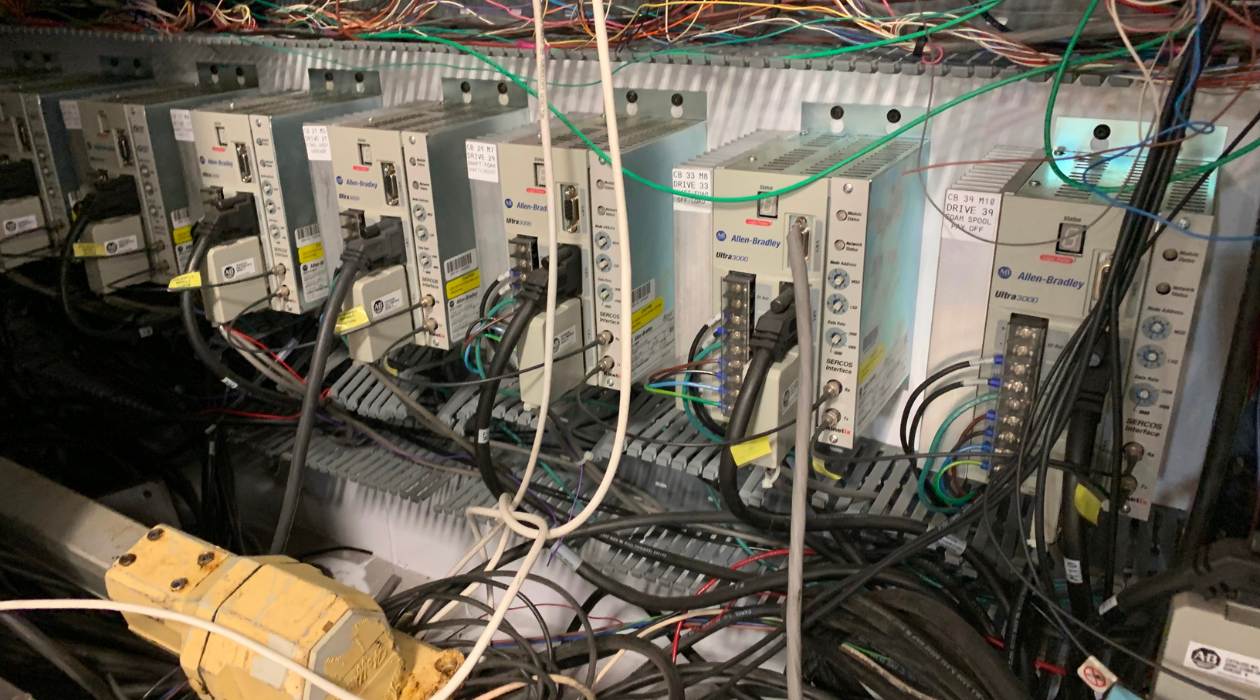
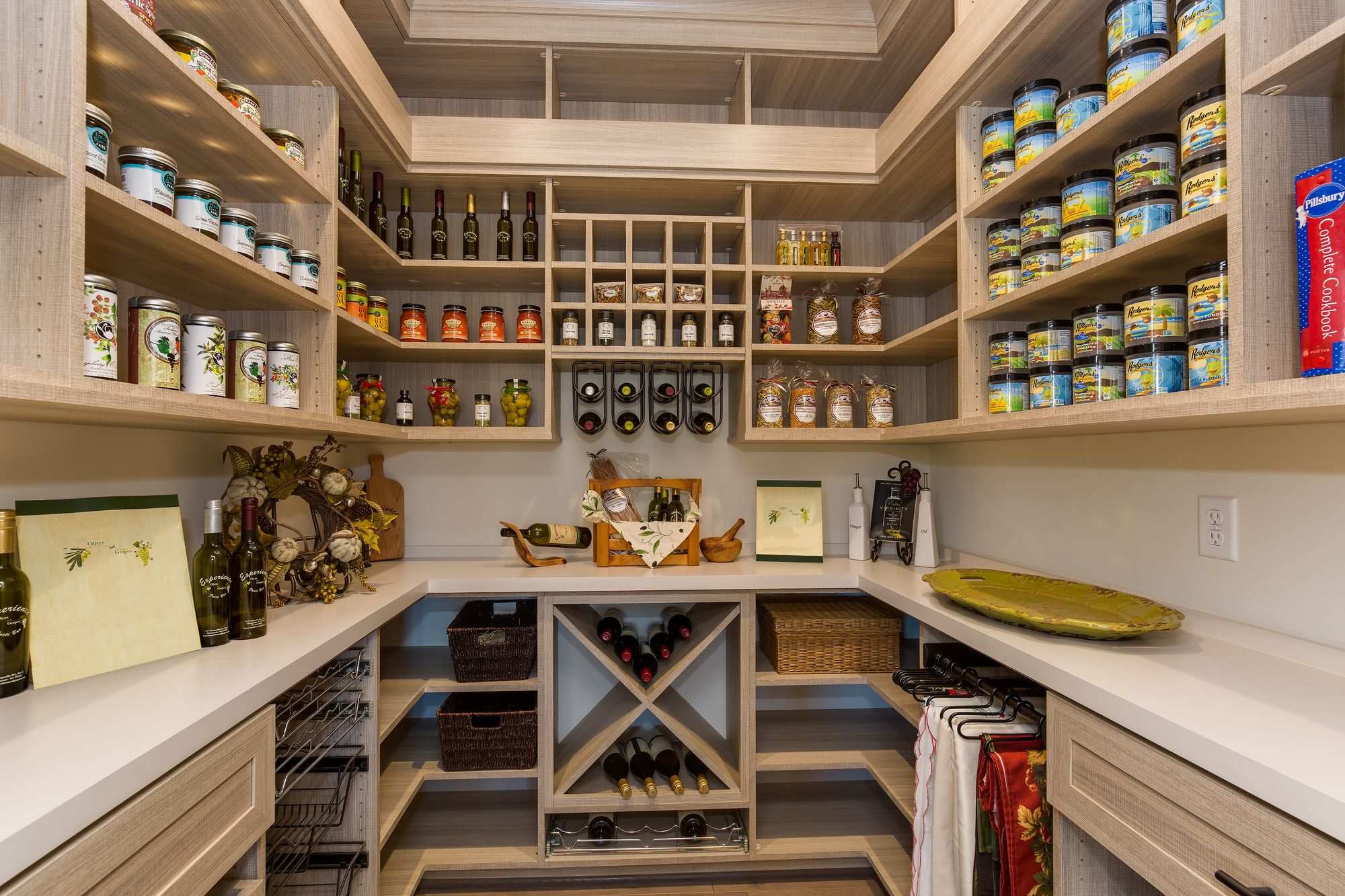
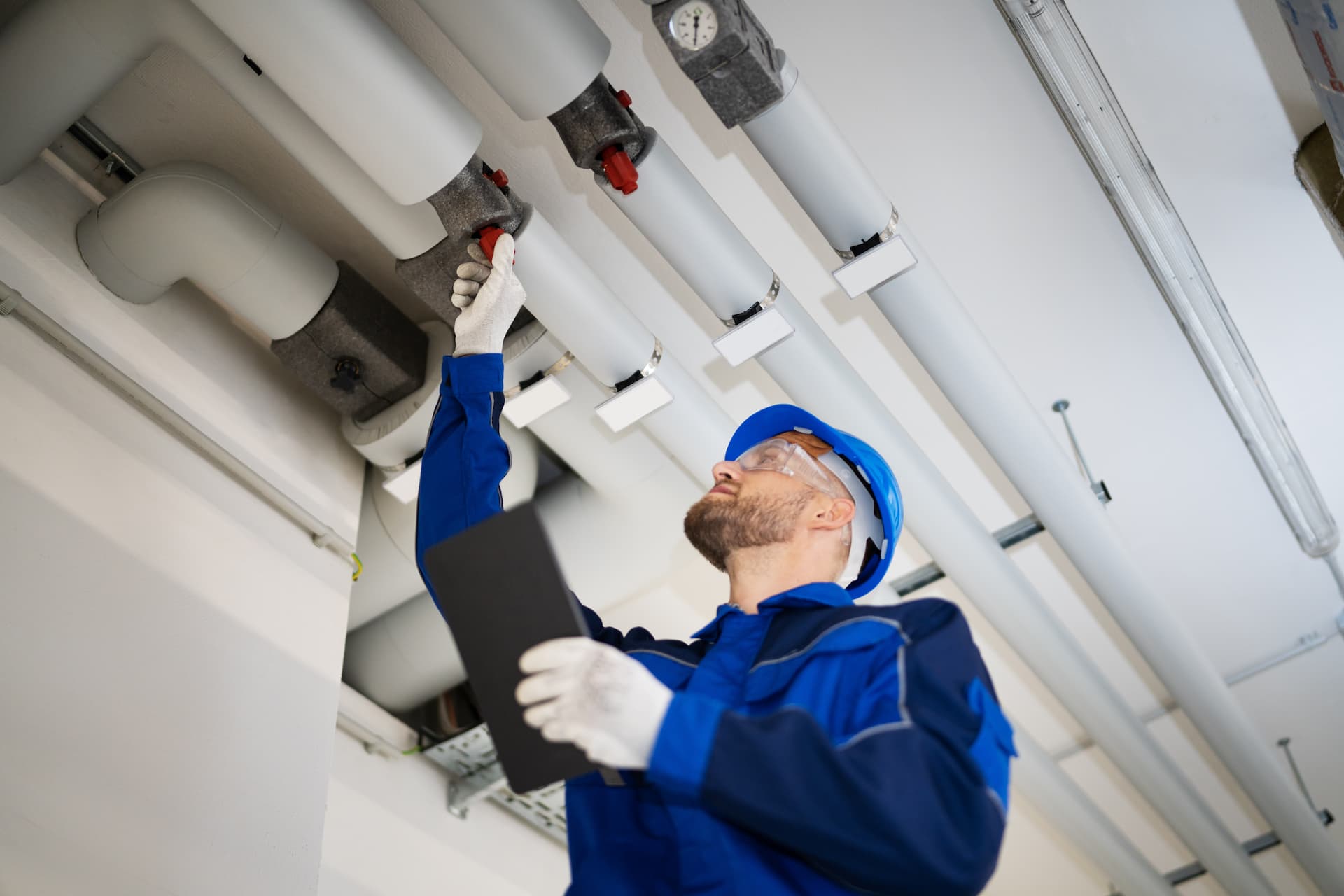

0 thoughts on “Home Wine Cellar Cooling System Selection for Temperature Control”